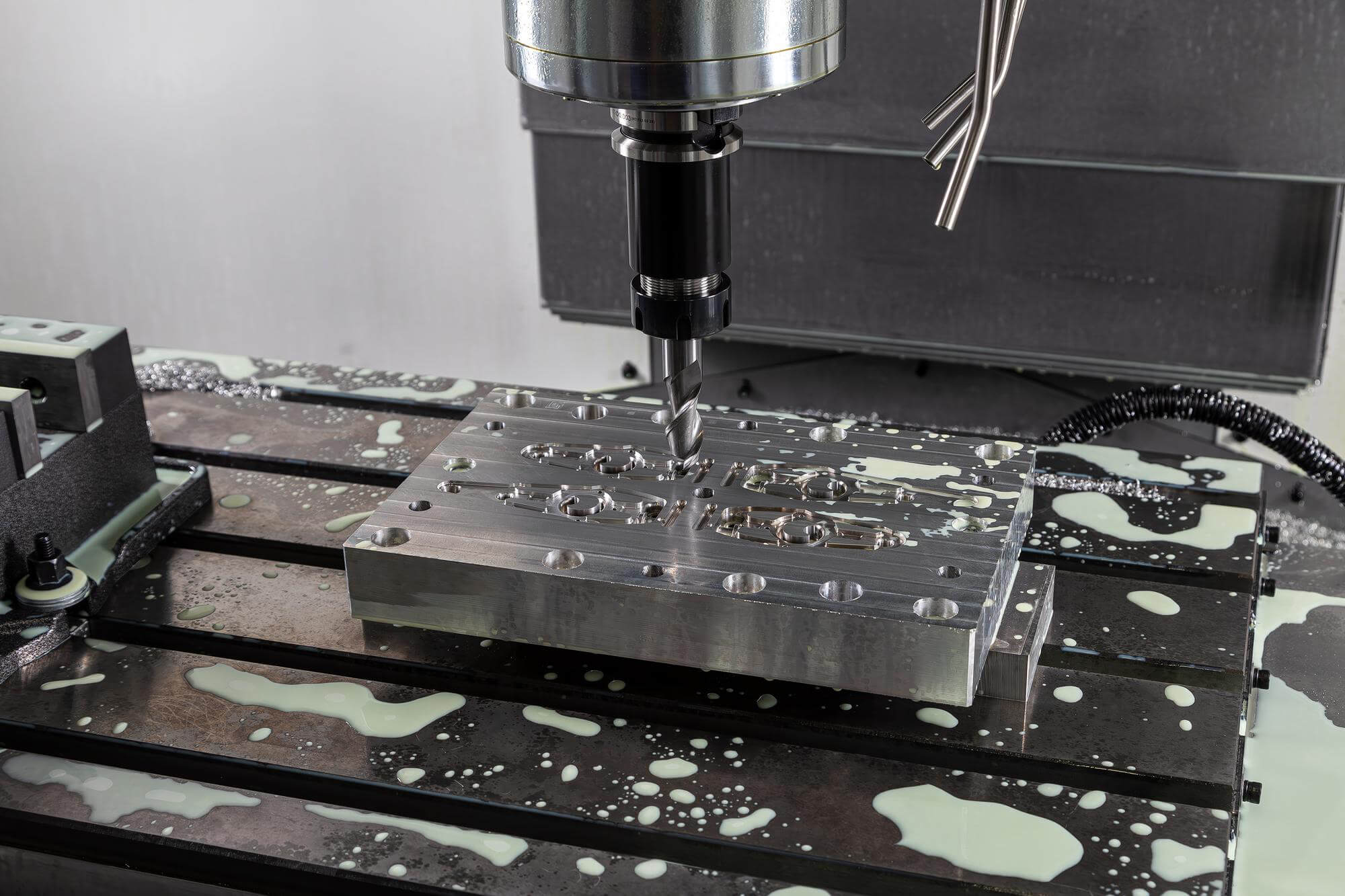Mechanical design might sound dull, but it actually encompasses a lot of interesting and useful knowledge. Let’s explore some key design principles that not only apply to industrial machinery but also help us better understand the intricacies of this field.
The Importance of Standardization
Standardization is a core concept in mechanical design. It not only improves production efficiency but also ensures product quality and consistency. By using standard parts (such as screws, nuts, washers, etc.), we can save a lot of design time and raw materials, while also improving production efficiency. Standardization facilitates smoother collaboration between different companies, much like using the same language for communication.
Design for Ease of Cutting
Cutting is a common manufacturing process in mechanical design. To improve cutting efficiency and quality, certain principles need to be followed:
- Ease of Tool Withdrawal: Consider space for tool withdrawal during design to avoid creating unmachinable dead ends.
- Minimum Machining: Choose suitable blanks that approximate the final product’s shape to minimize machining.
- Reliable Clamping: Ensure the workpiece can be reliably clamped during machining to prevent loosening or flying off.
Thermal Stress Design
Temperature changes cause materials to expand or contract, leading to thermal stress. If not handled properly, this stress can damage mechanical components. Therefore, we need to design structures that allow for free expansion, avoiding concentrated thermal stress. For example, in bearing design, a fixed-relaxed assembly method can be used to adjust the expansion direction, thus reducing thermal stress impact on the structure.
Plastic Part Design
Due to material characteristics, plastic parts differ from metal parts in design. Here are some key principles:
- Avoid Warping: Plastic parts are prone to warping during cooling due to uneven material distribution and heat dissipation. Therefore, design should aim for symmetrical structures and avoid thickness variations.
- Avoid Undercuts: The mold design for plastic parts should facilitate easy demolding, avoiding structures that cannot be directly demolded.
- Tensile Stress on Long, Thin Ribs: Due to low elastic modulus, plastic parts tend to buckle under compressive stress, so design should prioritize tensile stress for long, thin ribs.
Tolerance Design
Tolerance design is crucial in mechanical parts as it directly affects assembly and operational quality. Here are some principles:
- Clear Key Fit Dimensions: Specify processing requirements for key fit dimensions, including roughness and geometric tolerances.
- Same Process Step: Ensure that elements with positional accuracy requirements are processed in the same step to minimize accumulated errors.
- Avoid Accumulated Errors: Avoid dimension chains in series to reduce the accumulation of errors.
Reliability Design
Reliability is a critical aspect of mechanical design. To ensure stable operation, several aspects need to be considered:
- Redundancy Principle: Provide redundancy for critical functions. For instance, use sensors based on different principles (electric, optical, thermal) to monitor a boiler’s safety valve.
- Margin Principle: Increase component dimensions to enhance safety margins, addressing issues caused by material characteristics.
Sample Data Table
To illustrate the application of these design principles, let’s look at a sample data table:
| Design Principle | Description | Example |
|---|---|---|
| Importance of Standardization | Improves production efficiency and product consistency, reduces design and manufacturing costs | Use of standard screws, nuts |
| Ease of Cutting Design | Improves machining efficiency and quality, reduces tool wear | Design tool withdrawal space, select suitable blanks |
| Thermal Stress Design | Reduces thermal stress impact on components through free expansion design | Fixed-relaxed assembly method for bearing expansion direction |
| Plastic Part Design | Avoids warping and undercut structures, ensures smooth demolding | Symmetrical design, avoid thickness variations |
| Tolerance Design | Ensures processing accuracy of key fit dimensions, reduces assembly errors | Clear key fit dimensions, same process step |
| Reliability Design | Enhances operational stability through redundancy and margin design | Redundancy for critical functions, increased component dimensions |
These principles in mechanical design, though seemingly complex, have been validated through countless practices. They help us design more efficient and reliable mechanical products. I hope that through this introduction, you gain a deeper understanding of mechanical design and appreciate the fun and wisdom embedded in it.
Other Articles You Might Enjoy
- Beyond Cutting: Exploring the Multifaceted CNC Machining Process
1. Introduction: Unveiling the Layers of CNC Machining In this introductory section, we peel back the layers of the CNC machining process, going beyond the traditional understanding of cutting. It…
- Introduction to Precision Parts Machining: Cutting and Special Processes
Precision parts cutting machining primarily includes precision turning, mirror grinding, and lapping. Using finely ground single-crystal diamond tools on precision lathes, ultra-fine turning is performed with a cutting thickness of…
- Maximizing Precision in CNC Machining: Techniques and Tips
Importance of Precision in CNC Machining Precision is an fundamental component in the field of Computer Numerical Control (CNC) machining. It entails producing parts that are not only accurate but…
- Exploring Bead Blasting In CNC Machining(cnc cutting tools Hale)
Bead blasting is a crucial technique applied extensively in the realm of Computer Numerical Control (CNC) machining. This process transforms the exterior aesthetics and surface quality of machined parts, augmenting…
- Understanding Bead Blasting in CNC Machining(cnc cutting tools Miles)
CNC machining is a manufacturing process known for its precision and versatility. One important aspect of this process that contributes significantly to both its functionality and finish quality is bead…
- Comparing Machinability of Various Tool Steels: What's the Best Choice?
Understanding Tool Steels and their Machinability Tool steels are referred to as an extensive variety of carbon and alloy steels known for their distinctive hardness, abrasion resistance, and ability to…









